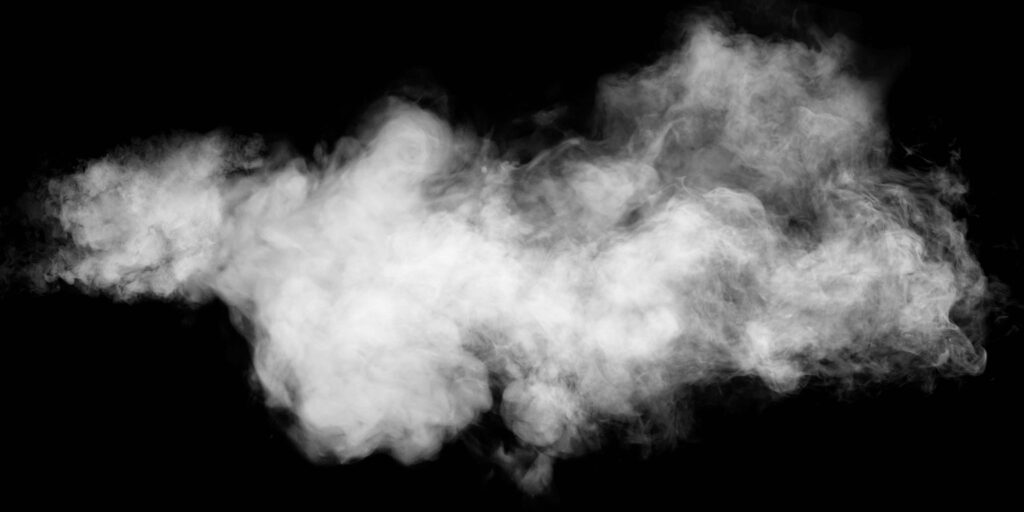Indoor Air Quality

At Haley Ward, we recognize the profound impact that indoor air quality has on both personal and professional well-being. Good indoor air quality is essential for maintaining a healthy and productive environment, whether in the workplace or at home. Our dedicated team of Industrial Hygienists, Mechanical/Structural Professional Engineers, and Environmental Scientists is committed to ensuring optimal indoor air quality through comprehensive services. Whether it’s assessing mold presence in a residence, evaluating buildings for water infiltration, or scrutinizing Heating, Ventilation, and Air Conditioning (HVAC) systems, our experts have the knowledge and experience to investigate buildings effectively and provide tailored solutions to address identified concerns.
Our approach involves collaboration with property owners, facility managers, and occupants to understand concerns, evaluate the facility, and develop practical solutions. We prioritize a thorough understanding of the problem, the building, and the occupants’ concerns as the critical first steps in diagnosing and solving indoor air quality issues. While environmental testing and monitoring are capabilities we possess, we believe in a holistic approach where testing is not always the first step but rather a component of a comprehensive evaluation. Our experience has taught us that some issues can be resolved with straightforward solutions, such as fixing a leaking roof, while others may require a nuanced understanding of various conditions and a thorough review and evaluation process. Trust Haley Ward to be your partner in ensuring excellent indoor air quality for healthier and more productive living and working spaces.
COMMON SOURCES OF INDOOR AIR POLLUTION
- Microbiological Pollutants
- Carbon Dioxide (CO2)
- Carbon Monoxide (CO)
- Formaldehyde / Pressed Wood Products
- Nitrogen Dioxide (NO2)
- Pesticides
- Radon
- Volatile Organic Compounds (VOCs)
- Fuel Burning Combustion Appliances
- Particulates
- Central Heating & Cooling Systems & Humidification Devices
- Moisture & Humidity
- Inadequate Ventilation
Our Professional Engineers and Industrial Hygienists understand and routinely follow industry standards and guidance (e.g., the American Society of Heating, Refrigerating and Air-Conditioning Engineers (ASHRAE) Standards and Guidelines and American Industrial Hygiene Association (AIHA)) in diagnosing and solving problems. Through our experience and understanding of industry standards and guidelines and regulatory requirements, Haley Ward’s team of professional engineers and scientists provides a level of reassurance to building occupants that their IAQ concerns are understood and addressed. Our analysis of a facility draws upon decades of experience completing assessments to provide building owners the information that they need to make an informed decision. Our team of Professional Engineers and Environmental Scientists work together to offer solutions specific to the identified concern regardless of whether it is a complex design or a practical change. Clients value Haley Ward’s abilities and sound reasoning when it comes to solutions for their buildings.
